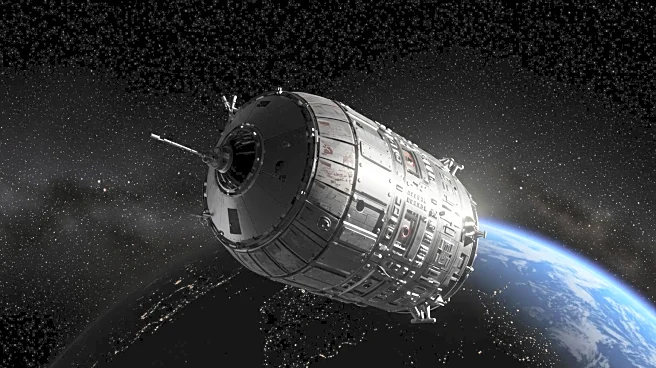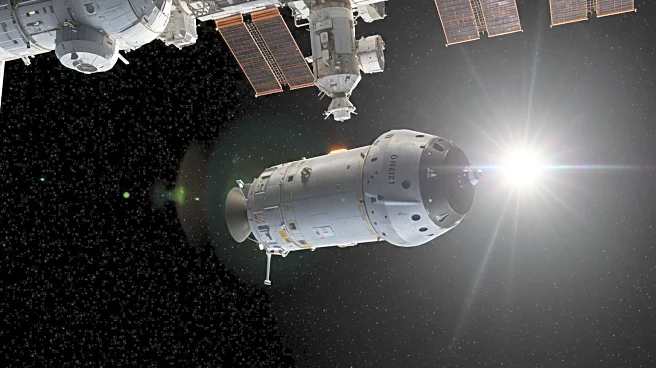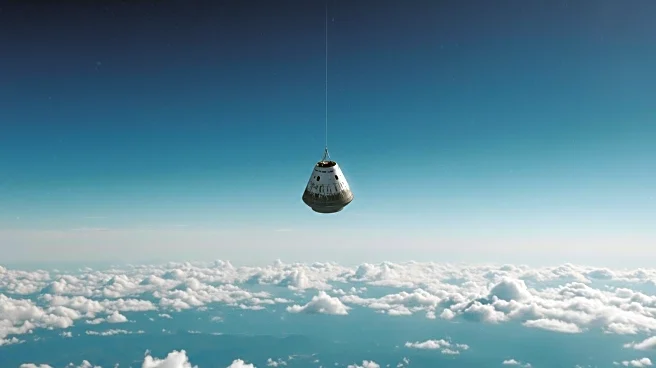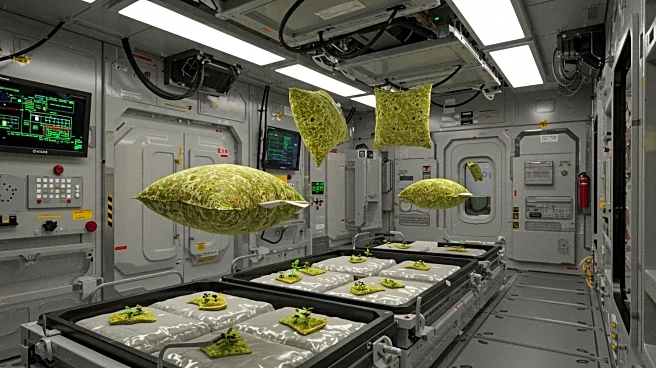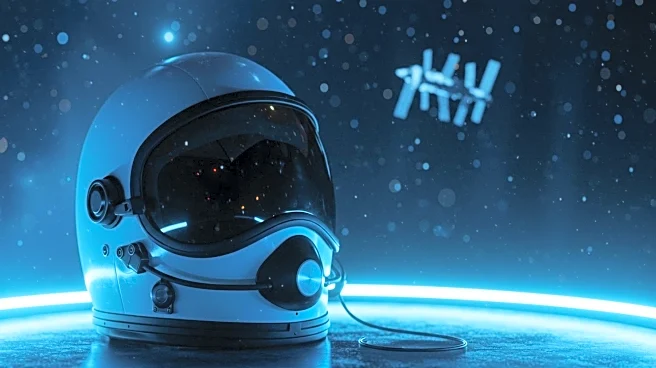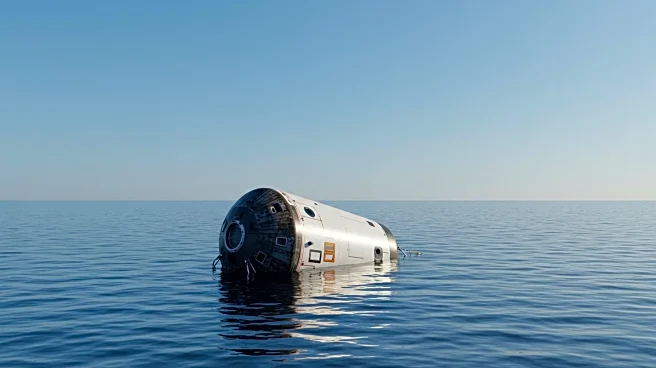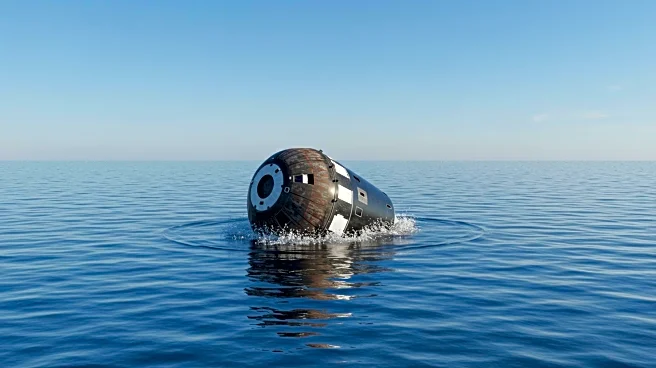What's Happening?
NASA is marking the 25th anniversary of continuous human presence aboard the International Space Station (ISS) with silver-themed scientific investigations. These studies focus on the antimicrobial properties of silver, the production of silver nanoparticles, and the use of silver in wearable technology. The Bacterial Adhesion and Corrosion investigation explores how spaceflight affects microbial biofilm formation and tests a silver-based disinfectant. Another experiment examines the production of silver nanoparticles in microgravity, which could enhance their effectiveness as antimicrobial agents. Additionally, astronauts tested a wearable vest with silver-coated sensors to monitor heart rates and breathing patterns, providing insights into improving sleep quality in space. The unique microgravity environment of the ISS is also used to grow larger and more uniform silver nitrate crystals, which have applications in nanotechnology.
Why It's Important?
The research conducted aboard the ISS has significant implications for future space missions and Earth-based applications. Silver's antimicrobial properties are crucial for maintaining astronaut health by preventing infections that could arise from resistant biofilms in space. The production of silver nanoparticles in microgravity could lead to more effective antimicrobial tools, benefiting both space missions and terrestrial health care. The wearable technology tested on the ISS could improve astronaut health monitoring, ensuring better sleep and overall well-being during long-duration missions. Furthermore, the ability to grow superior silver nitrate crystals in space could advance nanotechnology, potentially leading to innovations in electronics and other industries.
